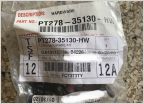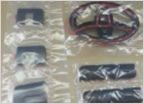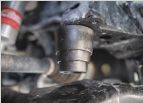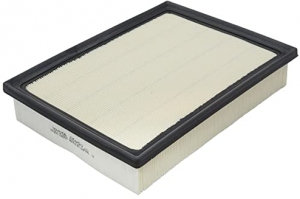-
Welcome to 4Runners.com!
You are currently viewing as a guest! To get full-access, you need to register for a FREE account.
As a registered member, you’ll be able to:- Participate in all 4Runner discussion topics
- Transfer over your build thread from a different forum to this one
- Communicate privately with other 4Runner owners from around the world
- Post your own photos in our Members Gallery
- Access all special features of the site
Propane locker for 11 lb. propane tank
Discussion in '5th Gen 4Runners (2010-2024)' started by Cuda, Jun 3, 2023.


 TRD PRO roof rack
TRD PRO roof rack Wanted to confirm a 2024 TPMS sensor part # and ask for any aftermarket recommendations
Wanted to confirm a 2024 TPMS sensor part # and ask for any aftermarket recommendations Can u spot the Mod?
Can u spot the Mod? Maintenance part numbers???
Maintenance part numbers??? Black Emblem Overlays
Black Emblem Overlays Duro or Energy suspension bump stops
Duro or Energy suspension bump stops














































































